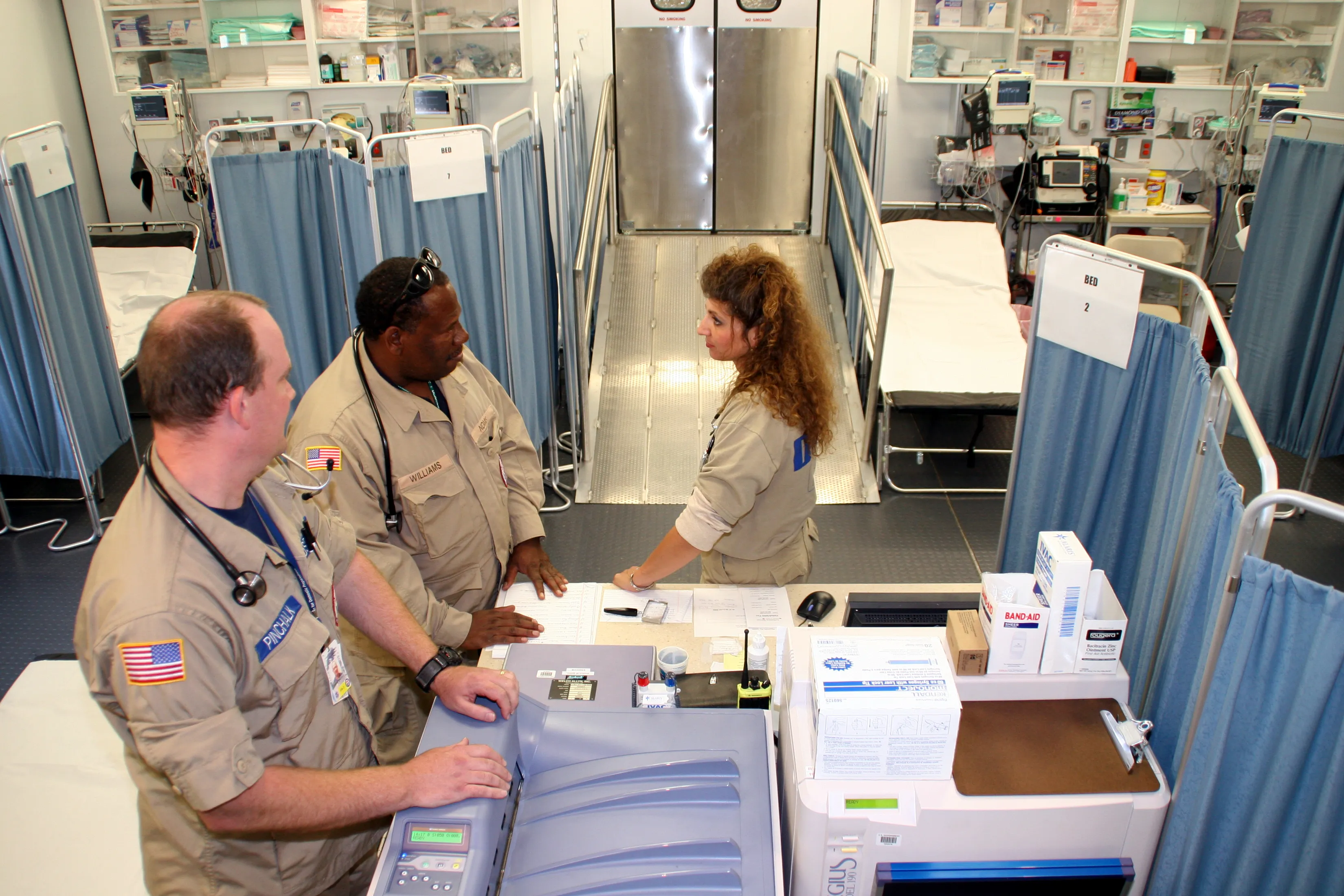


Using diverse data capture, the linear network of a river may be mapped on a GIS to indicate the stream flow of different tributaries. With GIS layers, however, that road may indicate the boundary of a school district, public park, or other demographic or land-use area. A line on a map may indicate a road or highway. Linear networks, sometimes called geometric networks, are often represented by roads, rivers, and public utility grids in a GIS. They may also display land-use patterns, such as the location of parks and housing complexes. Spatial relationships may display topography, such as agricultural fields and streams. GIS technology can be used to display spatial relationships and linear networks. Vector formats are useful for storing GIS data with firm borders, such as school districts or streets. Vector formats are polygons that use points (called nodes) and lines. Raster formats are useful for storing GIS data that vary, such as elevation or satellite imagery. Raster formats are grids of cells or pixels. The two major types of GIS file formats are raster and vector. Maps, however, must first be scanned, or converted to digital format. Data that are already in digital form, such as most tables and images taken by satellites, can simply be uploaded into GIS. Putting information into GIS is called data capture. GIS uses location as the key index variable to relate these seemingly unrelated data. GIS technology allows all these different types of information, no matter their source or original format, to be overlaid on top of one another on a single map. Demographics can range from age, income, and ethnicity to recent purchases and internet browsing preferences. Remote sensing includes imagery and other data collected from satellites, balloons, and drones.įinally, GIS can also include data in table or spreadsheet form, such as population demographics. Remote sensing provides another tool that can be integrated into a GIS. An example of this kind of information is computer data collected by satellites that show land use-the location of farms, towns, and forests. Photo interpretation involves analyzing aerial photographs and assessing the features that appear.ĭigital data can also be entered into GIS. Photographic interpretation is a major part of GIS. Cartographic data may also include survey data and mapping information that can be directly entered into a GIS. These applications may include cartographic data, photographic data, digital data, or data in spreadsheets.Ĭartographic data are already in map form, and may include such information as the location of rivers, roads, hills, and valleys.
#INFORM NATIONAL SOFTWARE#
GIS applications include both hardware and software systems. Such a map would help people determine where water supplies are most at risk. For example, using GIS, a single map could include sites that produce pollution, such as factories, and sites that are sensitive to pollution, such as wetlands and rivers. With GIS technology, people can compare the locations of different things in order to discover how they relate to each other. It can include information about the sites of factories, farms, and schools, or storm drains, roads, and electric power lines. It can include information about the landscape, such as the location of streams, different kinds of vegetation, and different kinds of soil.

The system can include data about people, such as population, income, or education level. Many different types of information can be compared and contrasted using GIS.
#INFORM NATIONAL ZIP#
The location can be expressed in many different ways, such as latitude and longitude, address, or ZIP code. GIS can use any information that includes location. GIS technology is a crucial part of spatial data infrastructure, which the White House defines as “the technology, policies, standards, human resources, and related activities necessary to acquire, process, distribute, use, maintain, and preserve spatial data.” By relating seemingly unrelated data, GIS can help individuals and organizations better understand spatial patterns and relationships. A geographic information system (GIS) is a computer system for capturing, storing, checking, and displaying data related to positions on Earth’s surface.


 0 kommentar(er)
0 kommentar(er)
